An early aviator’s C.B., Great War C.B.E., M.C. group of seven awarded to Air Commodore N. J. Gill, Royal Air Force, late Royal Artillery and Royal Flying Corps: having learned to fly at Brooklands in 1911-12 (Royal Aero Club Certificate No. 174) and the C.F.S. Upavon (R.F.C. Flying Certificate No. 90), he immediately went into print with his “Flyer’s Guide, An Elementary Handbook for Aviators” - and was awarded the M.C. for services as a Brigade Major, R.F.C. in 1915-16 The Most Honourable Order of The Bath, C.B. (Military) Companion’s neck badge, silver-gilt and enamels, in its Garrard & Co., London case of issue; The Most Excellent Order of the British Empire, C.B.E. (Military) 1st type neck badge, silver-gilt and enamels, in its Garrard & Co., London case of issue; Military Cross, G.V.R., unnamed as issued; 1914-15 Star (Capt., R.G.A.); British War and Victory Medals (Major, R.F.C.); Jubilee 1935, mounted as worn where applicable, generally good very fine or better (7) £3500-4000 Footnote C.B. London Gazette 1 January 1936. C.B.E. London Gazette 1 January 1919. M.C. London Gazette 1 January 1917. The original recommendation states: ‘He has done exceptionally good work from April to October 1916, as a Brigade Major. His energy and great ability have been most valuable. He has previously done very good work as Wing Adjutant during the campaign.’ Napier John Gill, who was born in London in April 1890 and was educated at Rugby and the R.M.A. Woolwich, was commissioned as a 2nd Lieutenant in the Royal Garrison Artillery in January 1911. In the same year he learned to fly at Brooklands in a Deperdussin monoplane and was issued with his Royal Aero Club Certificate (No. 174) in January 1912, in addition to going into print with his Flyer’s Guide, as a consequence of which he was seconded to the Military Wing, Royal Flying Corps and passed his R.F.C. pilot’s course at the newly established C.F.S. Upavon in August 1913 (R.F.C. Flying Certificate No. 90). A few days later he reported to No. 5 Squadron at Farnborough, where he would become a Flight Commander in the rank of Captain in the following year. Soon after the outbreak of hostilities in August 1914, however, Gill was appointed Wing Adjutant, R.F.C., and in July 1915 he was embarked for France. It was there, that September, that he became Brigade Major to Brigadier-General J. F. A. Higgins, C.O. of 3rd Brigade, R.F.C., in which capacity he was to win his M.C. He was subsequently advanced to Temporary Lieutenant-Colonel, appointed Assistant Adjutant-General, R.F.C. and awarded the C.B.E. After the War, Gill briefly commanded No. 210 Squadron at R.A.F. Gosport prior to assuming command of that establishment, as a Wing Commander, in 1921. In the following year he became Commandant of the experimental station at Martlesham Heath, an appointment in which he excelled and that brought him into contact with a host of famous pilots and aircraft “barons”, the latter including Geoffrey de Havilland, Frederick Handley Page and Tommy Sopwith. Indeed relevant histories quite simply credit Gill with putting Martlesham “on the map”: ‘Command passed in March 1922 to Wing Commander Napier John Gill, who did as much as anybody to establish the character and reputation of his station. Gill had an austere presence and an acid tongue combined with a wealth of humanity, a sense of humour and clarity of vision. When the hangar burnt down in October 1922, one of the first on the scene in the small hours of the morning was Gill, immaculately turned out, including cane. On another occasion, an officer came to Gill’s office to ask for 24 hours leave as his wife had just given birth to twins: “Poor man” said Gill, “You’d better have a fornight!” Above all the respect commanded by Gill stemmed from his principle of making good the name of Martlesham the highest priority, by his support of subordinates and from his insistence on the highest standards at work. By 1924 [the year of his departure], the “Trade
An early aviator’s C.B., Great War C.B.E., M.C. group of seven awarded to Air Commodore N. J. Gill, Royal Air Force, late Royal Artillery and Royal Flying Corps: having learned to fly at Brooklands in 1911-12 (Royal Aero Club Certificate No. 174) and the C.F.S. Upavon (R.F.C. Flying Certificate No. 90), he immediately went into print with his “Flyer’s Guide, An Elementary Handbook for Aviators” - and was awarded the M.C. for services as a Brigade Major, R.F.C. in 1915-16 The Most Honourable Order of The Bath, C.B. (Military) Companion’s neck badge, silver-gilt and enamels, in its Garrard & Co., London case of issue; The Most Excellent Order of the British Empire, C.B.E. (Military) 1st type neck badge, silver-gilt and enamels, in its Garrard & Co., London case of issue; Military Cross, G.V.R., unnamed as issued; 1914-15 Star (Capt., R.G.A.); British War and Victory Medals (Major, R.F.C.); Jubilee 1935, mounted as worn where applicable, generally good very fine or better (7) £3500-4000 Footnote C.B. London Gazette 1 January 1936. C.B.E. London Gazette 1 January 1919. M.C. London Gazette 1 January 1917. The original recommendation states: ‘He has done exceptionally good work from April to October 1916, as a Brigade Major. His energy and great ability have been most valuable. He has previously done very good work as Wing Adjutant during the campaign.’ Napier John Gill, who was born in London in April 1890 and was educated at Rugby and the R.M.A. Woolwich, was commissioned as a 2nd Lieutenant in the Royal Garrison Artillery in January 1911. In the same year he learned to fly at Brooklands in a Deperdussin monoplane and was issued with his Royal Aero Club Certificate (No. 174) in January 1912, in addition to going into print with his Flyer’s Guide, as a consequence of which he was seconded to the Military Wing, Royal Flying Corps and passed his R.F.C. pilot’s course at the newly established C.F.S. Upavon in August 1913 (R.F.C. Flying Certificate No. 90). A few days later he reported to No. 5 Squadron at Farnborough, where he would become a Flight Commander in the rank of Captain in the following year. Soon after the outbreak of hostilities in August 1914, however, Gill was appointed Wing Adjutant, R.F.C., and in July 1915 he was embarked for France. It was there, that September, that he became Brigade Major to Brigadier-General J. F. A. Higgins, C.O. of 3rd Brigade, R.F.C., in which capacity he was to win his M.C. He was subsequently advanced to Temporary Lieutenant-Colonel, appointed Assistant Adjutant-General, R.F.C. and awarded the C.B.E. After the War, Gill briefly commanded No. 210 Squadron at R.A.F. Gosport prior to assuming command of that establishment, as a Wing Commander, in 1921. In the following year he became Commandant of the experimental station at Martlesham Heath, an appointment in which he excelled and that brought him into contact with a host of famous pilots and aircraft “barons”, the latter including Geoffrey de Havilland, Frederick Handley Page and Tommy Sopwith. Indeed relevant histories quite simply credit Gill with putting Martlesham “on the map”: ‘Command passed in March 1922 to Wing Commander Napier John Gill, who did as much as anybody to establish the character and reputation of his station. Gill had an austere presence and an acid tongue combined with a wealth of humanity, a sense of humour and clarity of vision. When the hangar burnt down in October 1922, one of the first on the scene in the small hours of the morning was Gill, immaculately turned out, including cane. On another occasion, an officer came to Gill’s office to ask for 24 hours leave as his wife had just given birth to twins: “Poor man” said Gill, “You’d better have a fornight!” Above all the respect commanded by Gill stemmed from his principle of making good the name of Martlesham the highest priority, by his support of subordinates and from his insistence on the highest standards at work. By 1924 [the year of his departure], the “Trade
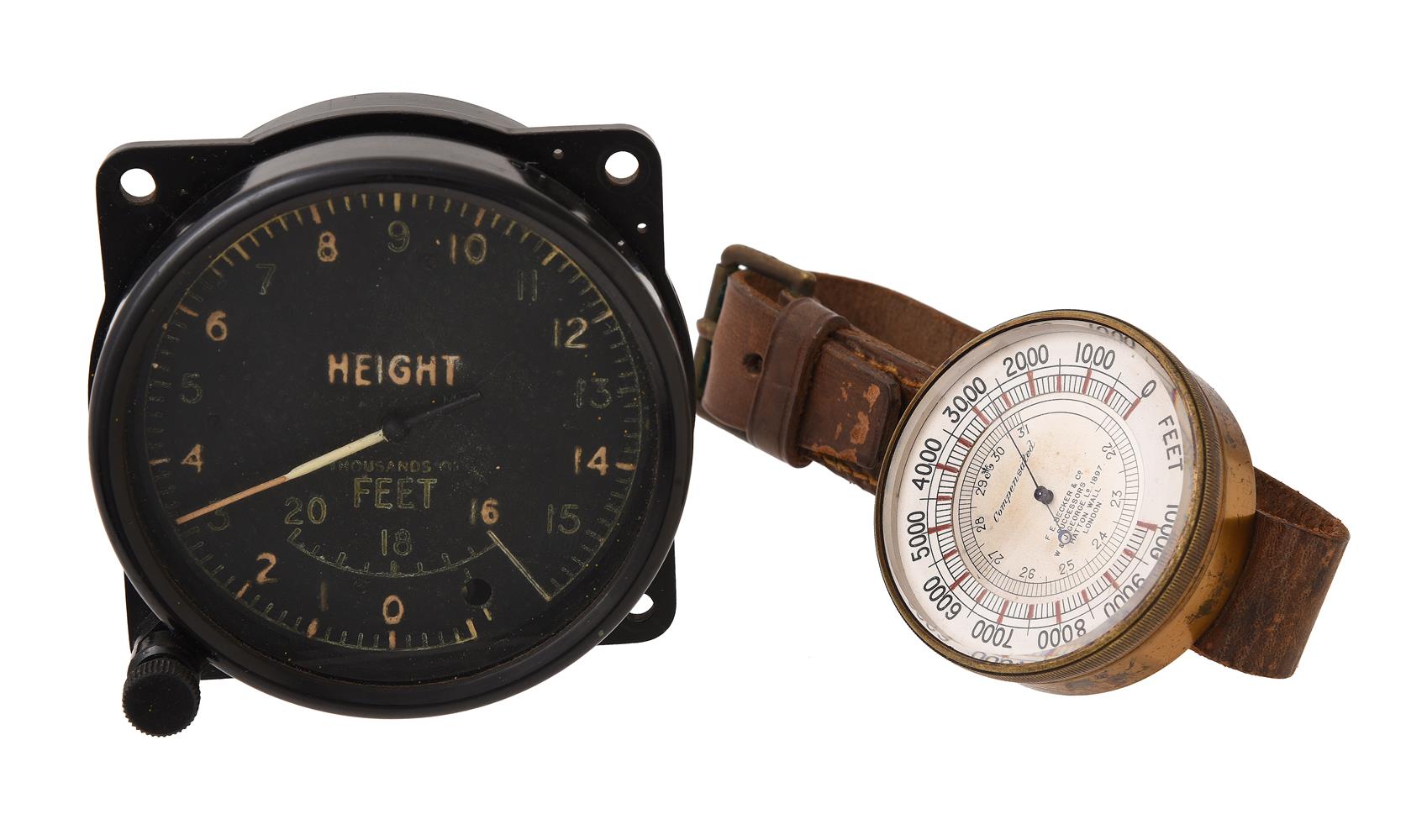

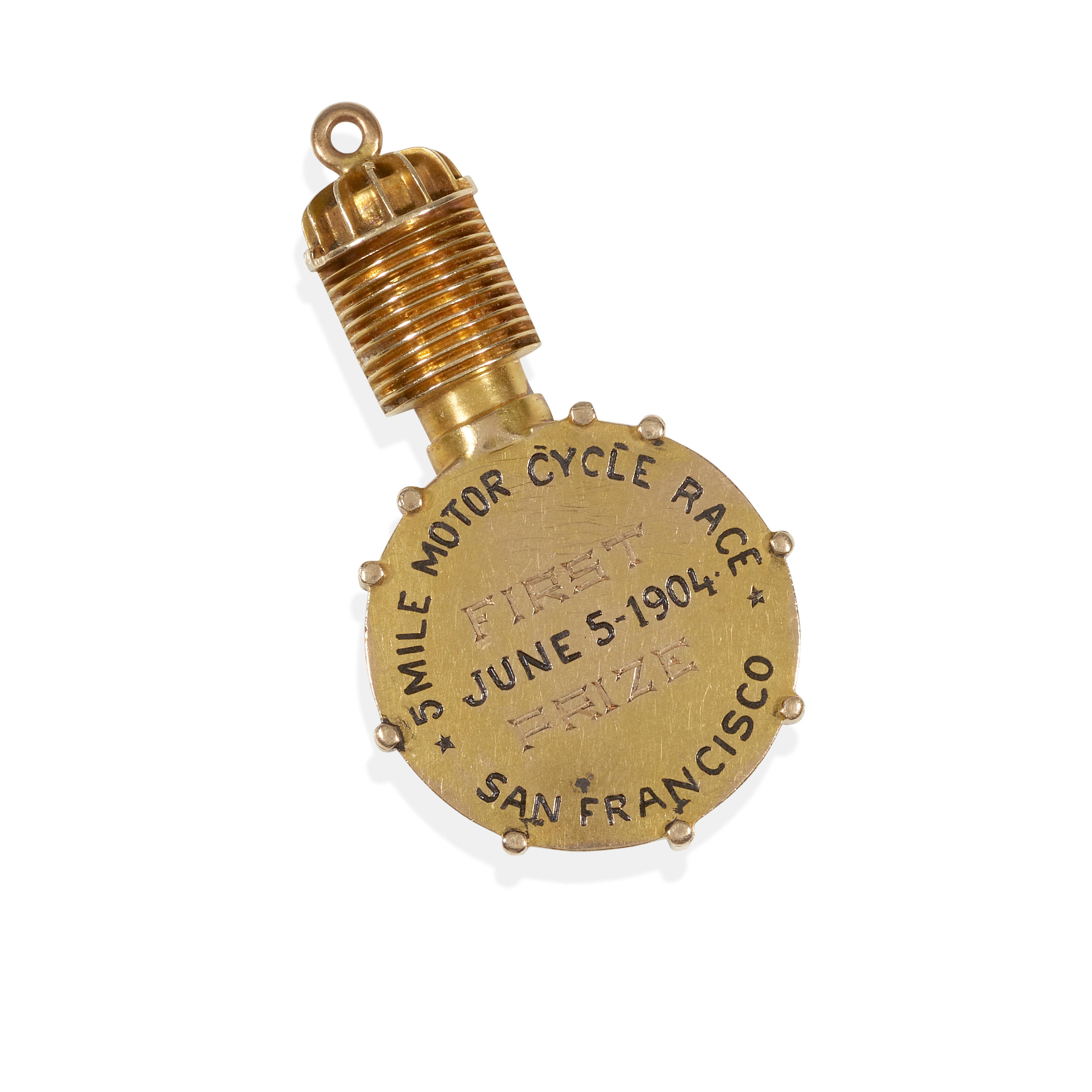
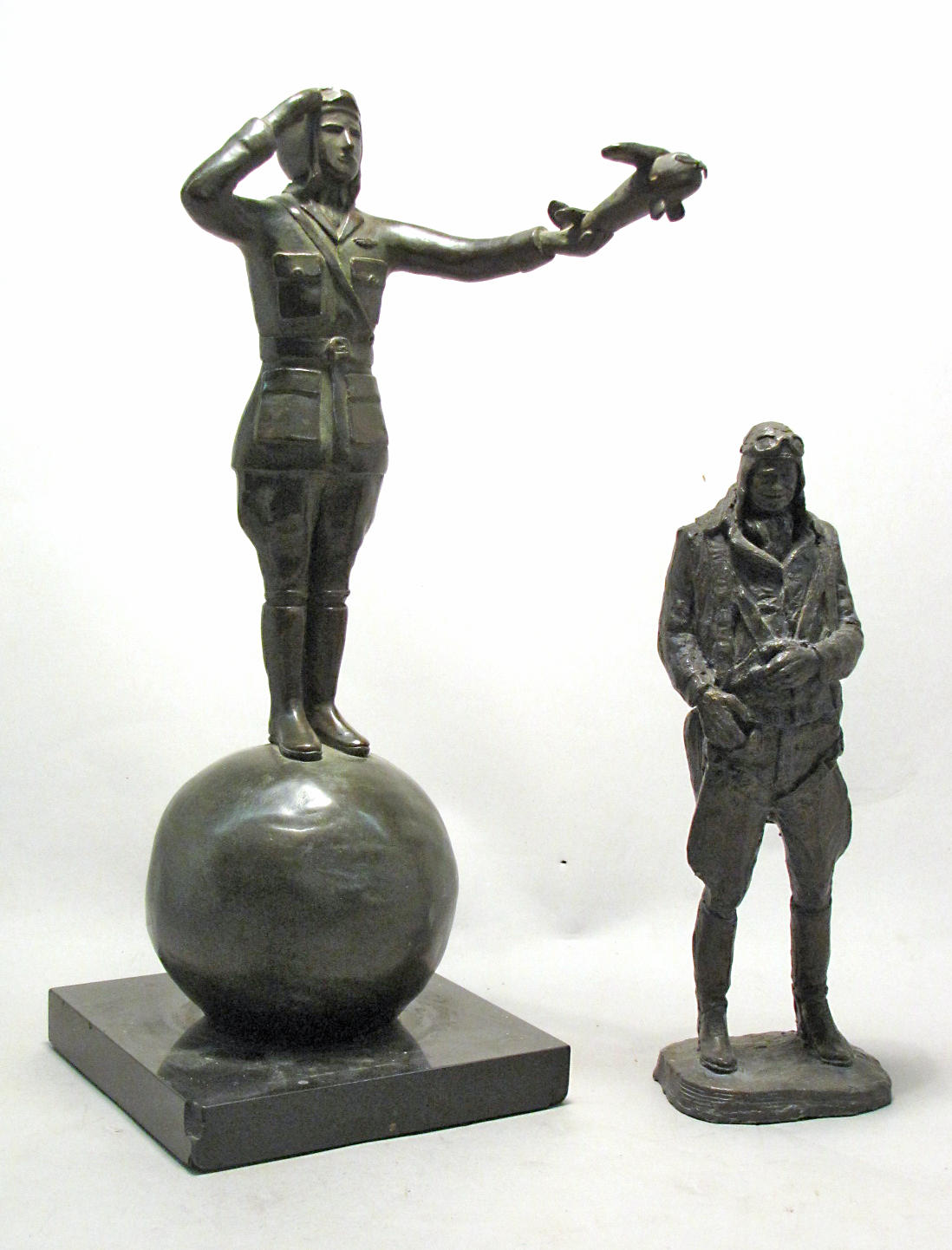
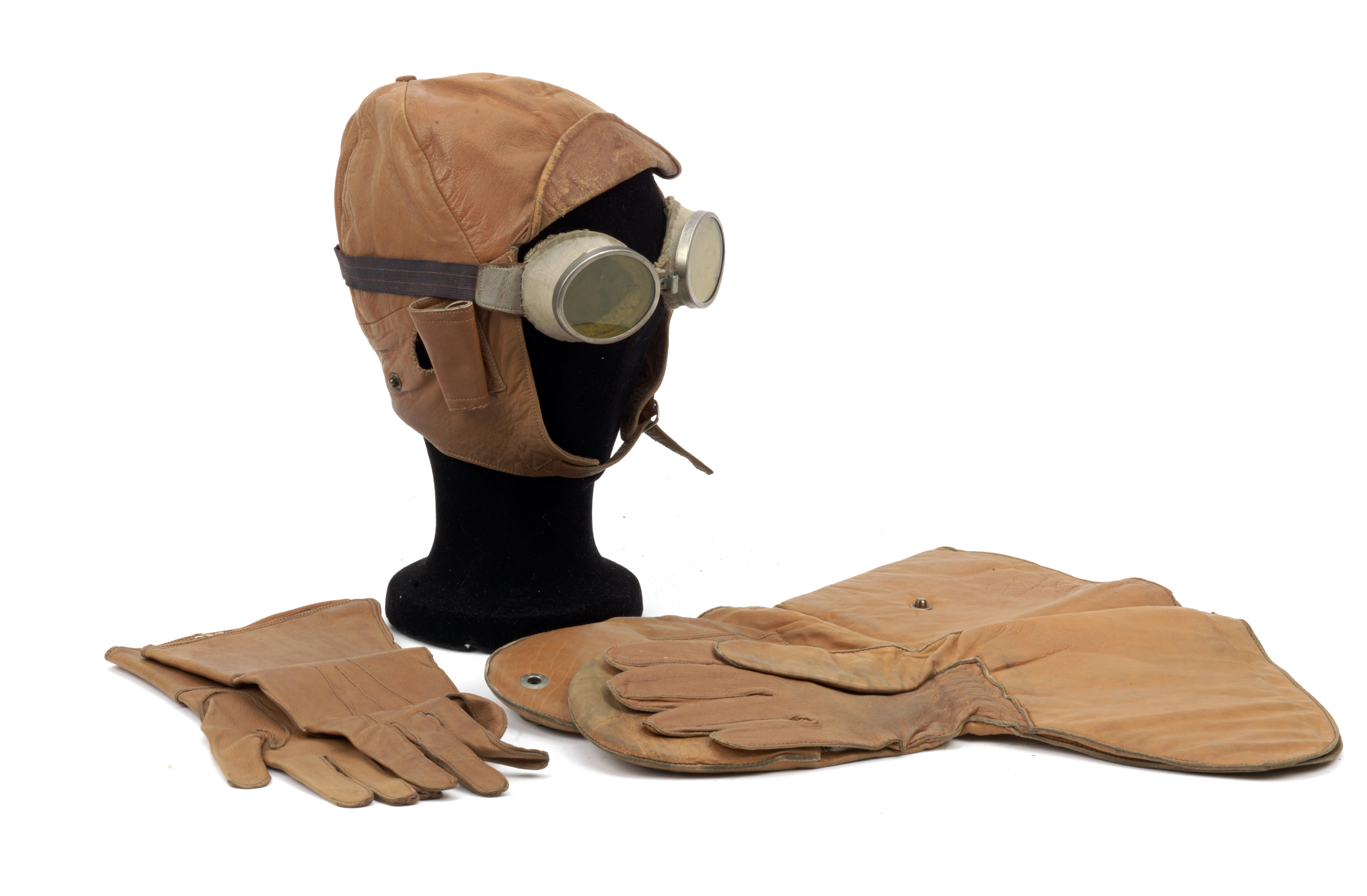
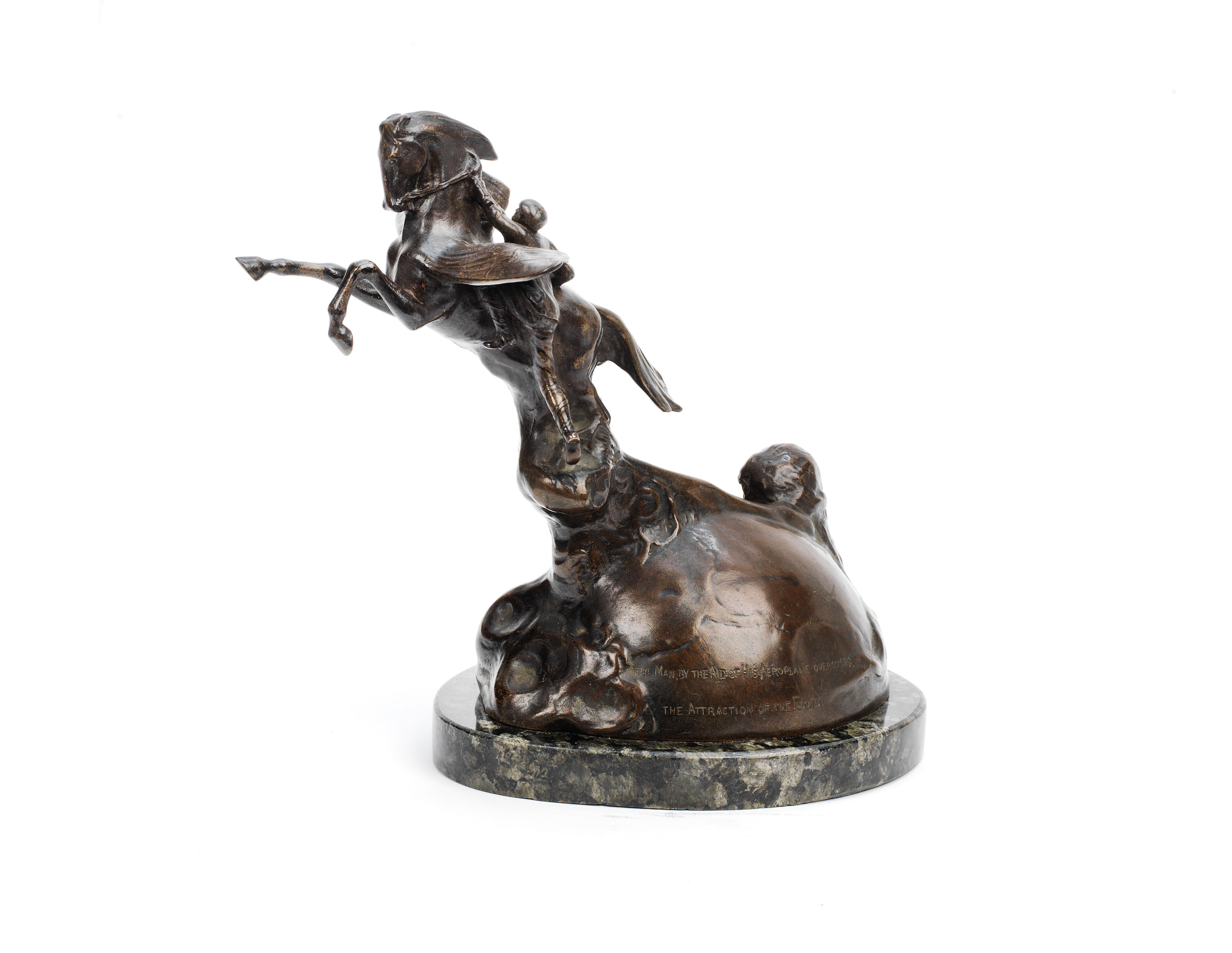



/69246/Internet%20Image%201.jpg)
/89798/Internet%20Image%207.jpg)




Testen Sie LotSearch und seine Premium-Features 7 Tage - ohne Kosten!
Lassen Sie sich automatisch über neue Objekte in kommenden Auktionen benachrichtigen.
Suchauftrag anlegen